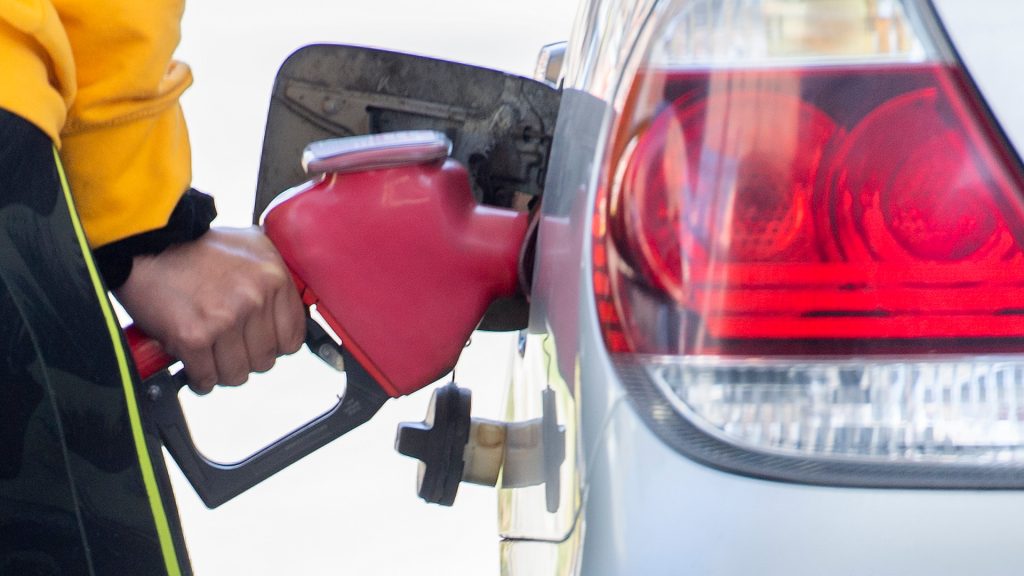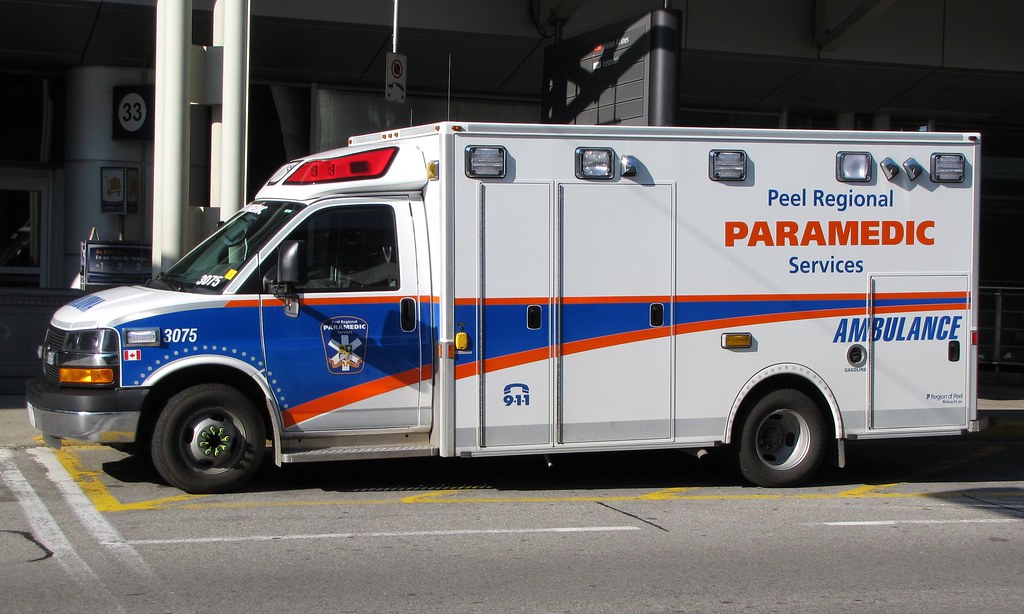Canadian railways to replace or fix DOT-111 tank cars used for internal use
Posted March 25, 2014 2:32 pm.
This article is more than 5 years old.
MONTREAL – Canada’s two largest railways say they are phasing out or retrofitting their own small fleets of older DOT-111 tank cars — the kind involved in the horrific explosion and fire in Lac-Megantic, Que. last summer.
Canadian National Railway said Tuesday that it will phase out its 183 DOT-111s used to transport internal supplies of locomotive diesel fuel over the next four years as part of a move to improve rail safety.
The Montreal-based company plans to invest $7 million this year to replace all 40 tank cars it owns and will gradually replace the remaining 143 cars as their leases expire.
“For CN, tank car design is one of the most important systemic issues arising from the Lac-Megantic accident,” CEO Claude Mongeau said, referring to last summer’s railway crash that killed 47 people in rural Quebec.
He said tank car robustness is a central question.
Canadian Pacific Railway (TSX:CP) said it was in the process of retrofitting the less than 200 tank cars it uses.
“We’re actively finalizing a plan to retrofit the older tank cars in our internal fleet to safer standards and that’s something we’re moving on immediately,” spokesman Ed Greenberg said in an interview.
The Calgary-based railway is finalizing the repair schedule. No cost estimate was immediately available.
Canadian investigators have reported that 60 of 63 oil-laden cars that derailed in Lac-Megantic last July 6 “released product due to tank car damage.”
All were older-model DOT-111s.
The Association of American Railroads has recently recommended the retrofitting or phase-out of the old DOT-111 cars used to transport flammable liquids and a reinforced standard for new tank cars.
The DOT-111 tank car is considered the workhorse of the North American fleet and makes up about 70 per cent of all tankers on the rails. The cars have a service life of between 30 and 40 years.
Since October 2011 all new tanker cars have been built to safer specifications. But there is a long backlog on new car orders because there are only a handful of manufacturers in North America.
A government-commissioned report has said there are about 228,000 DOT-111 cars in service throughout North America, with about 92,000 of them carrying flammable liquids.
About 26,000 of the reinforced models have been put into service and that’s expected to rise to 52,500 next year.
Retrofitting older cars can cost more than $70,000 each, while new tank cars cost well over $100,000.
CN (TSX:CNR) said it delivers 99.998 per cent of dangerous goods to destination without a release caused by an accident despite a 50 per cent increase in freight volumes between 2003 and 2013.
Other features of its plan to improve railway safety include moves to prevent accidents and strengthen emergency response capabilities by sharing relevant information with communities.
The railway plans to acquire additional monitoring equipment to enhance the early detection of defects in cars to mitigate the severity of accidents.
It has also extended to its Canadian operations the U.S. policy regulating train dispatches, track inspections and restrictions on train speeds for freight trains carrying one car loaded with toxic inhalation hazardous materials, or 20 cars loaded with any dangerous goods.
CN says it is “revitalizing” its training programs and will open two new training facilities in Winnipeg and Chicago later this year.
It is also seeking implementation of mutual aid intervention protocols with the participation of other carriers and producers of dangerous commodities. This would codify emergency response standards and expand response resources in order to be prepared to handle any future rail incidents involving dangerous goods.
Canadian Pacific said it also has taken steps to strengthen its safety efforts.
“In terms of our operating rules we have taken steps to strengthen those areas,” Greenberg said, adding that “we have increased track inspections across our network and implemented enhanced training for our employees as part of this approach to continue to look for ways to be an even safer railroad.”
According to the rail industry, there were only 500 carloads of crude oil shipped by rail in Canada in 2009, while in 2013 there were 160,000 carloads. In the U.S. there were 400,000 carloads in 2013, up from 10,800 in 2009.
Follow@RossMarowits on Twitter










